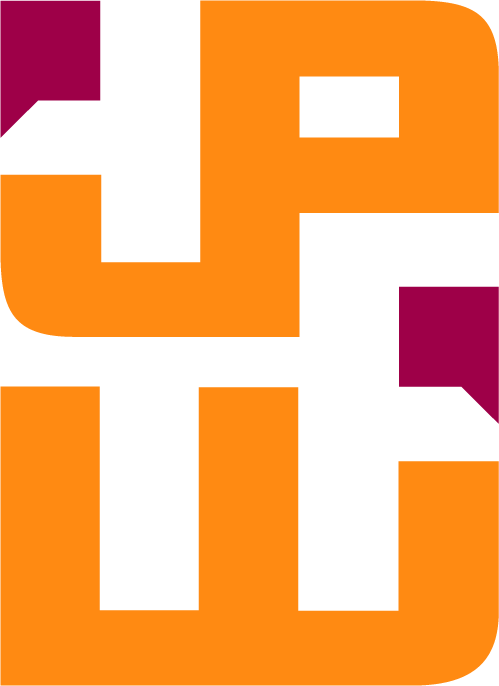Raise awareness of ballot measures
BY BAYLEE AKINS
Funding (noun): money provided for a particular purpose. Also known for causing anxiety during project planning.
Those in public service know this feeling well. Available funding makes or breaks public initiatives, programs and services, and with government agencies feeling the pressure of inflation, the looming anxiety of funding is ever present. One way government agencies alleviate this pressure is through passing ballot measures.
According to Bloomberg, more ballot measures can typically be seen during election years to capitalize on the increase in voter turnout. With the 2024 election approaching this November and budgets top-of-mind, it's likely your agency is one of many with a measure on this year's ballot. Here in lies the tricky part: what steps can a government agency take to raise awareness of the ballot measure without violating the Political Reform Act?
Under the Political Reform Act, government agencies are not allowed to spend public money advocating for or against ballot measures. The Fair Political Practices Commissions cites that the common violations are seen when a city, county, or special district uses public monies to produce communications materials intended to persuade voters to support or oppose ballot measures instead of simply providing voters with impartial information.
And as if inflation isn’t enough pressure riding on the success of ballot measures, Initiative No. 21-0042A1 the Taxpayer Protection and Government Accountability Act threatens to nullify previously approved measures that don’t meet initiative requirements.
But all hope for funding is not lost. Through strategic communications, your agency can successfully raise awareness, not red flags.
Remain objective
Materials detailing only one side of the issue appear persuasive. Ensure you are communicating information that describes what both a “Yes” and “No” vote mean for the public. You’ll also want to make sure your word choice doesn’t imply favor one way or the other. Take a second (or third or fourth) look at your materials to ensure your language is as objective as possible.
Know your audience
Psychographics are an important component of an outreach strategy, regardless of the material. Tailoring your approach to meet your audiences’ needs goes a long way in winning favor.
Use plain language
Dispel any disinformation or misinformation by removing editorial language from your communications materials. Misleading ballot measure information affects true voter representation and can sway elections.
Apply outreach strategies
The same outreach strategies used for programs and initiatives apply! Assess what methods have worked to meet your target audience where they’re at and employ them. There isn’t a one-size-fits-all for outreach, but there are plenty of tools in the toolbox to pull from.
Include multicultural outreach
Removing language, cultural and technological barriers (to just name a few) will allow you access to your region’s harder-to-reach audiences. Knowing the percentage of non-native English speakers in your region and producing bipartisan materials in applicable languages will not only increase the reach of your materials but may also increase voter turnout, as just one example application.
Employ a consultant
At JPW, we understand that government workers are often stretched thin because we’ve been on that side of the table. It’s because we understand, that we enthusiastically and exclusively serve government agencies and are dedicated to helping you reach your goals and objectives. So if your agency is relying on ballot measure funding to alleviate future budgets but doesn’t have the staff to employ the tactics above, allow us to introduce ourselves.

